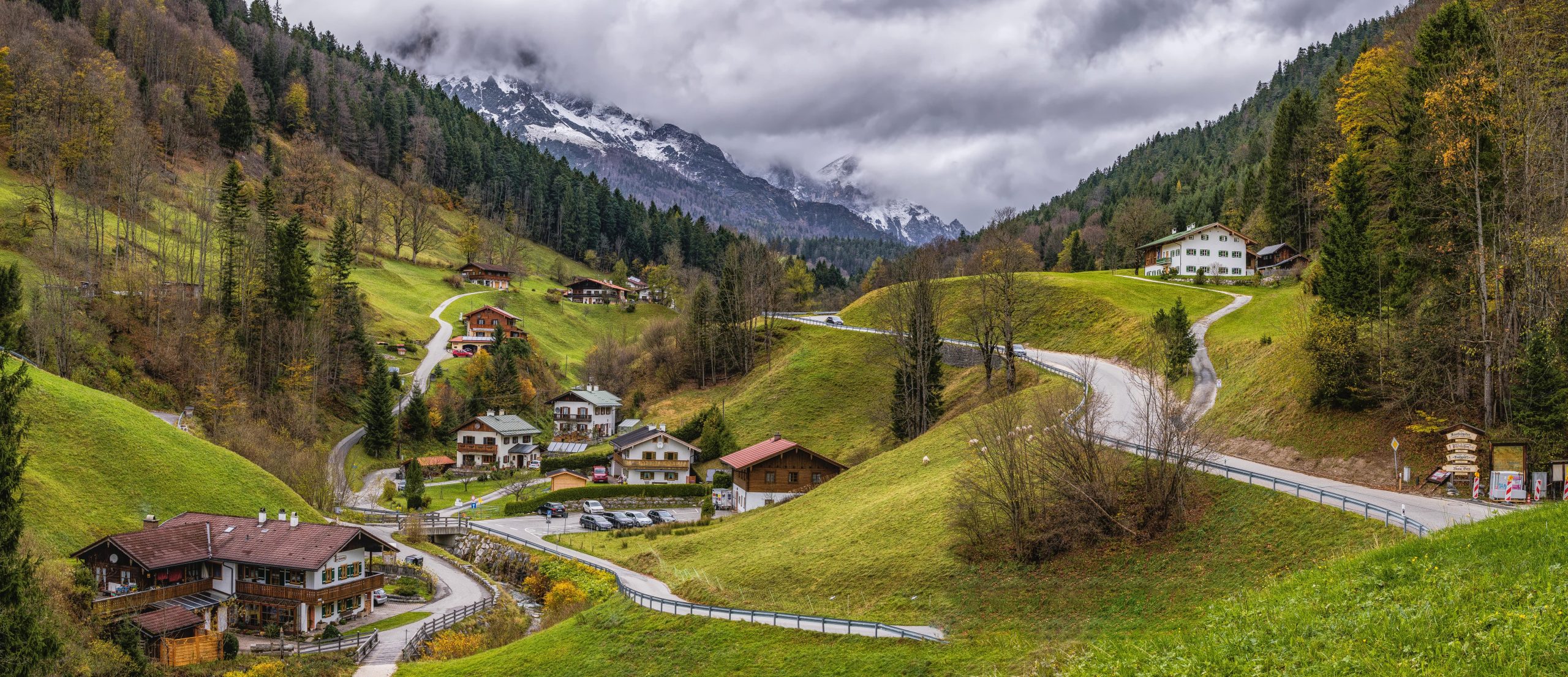
Eco-villages Around The World
We are all aware of the impact humans are having on our planet, and that we all need to do our bit to reverse the impact of global warming. There are everyday changes we can make to help reduce the damage we do to the environment, such as recycling more or looking at renewable energy sources for our homes.
Obviously, we think renewable energy is brilliant, and there are so many benefits to installing solar panels in your home (if you still need convincing, find out more here). But what about places across the world that take eco-living to the extreme?
What are eco-villages?
An eco-village is a community designed with the goal of becoming more environmentally sustainable. These villages strive to have the smallest negative impact on the environment through their design, and the choices the residents that live in them make.
Eco-villages vary in population sizes but are normally between 50-250 individuals. They are consciously planned and locally owned, with the aim of restoring and regenerating the natural environment around them.
While the concept of eco-villages has been around since the sixties, the term wasn’t defined until 1991, and have increased in popularity more recently due to the advancements in environmentally friendly technology, such as the development of reasonably-priced solar panel systems.
Where can I find an eco-village?
Findhorn, Scotland
Widely perceived as the ‘mother of all eco-villages’ Findhorn began in 1962 as an experimental community project. The village produced extraordinary results with its commitment to renewable energy systems, and some of its members now consult for the United Nations and global corporations. The village model constantly evolves and is used as a learning tool by a number of universities and organisations worldwide.
Eco Truly Park, Peru
Inspired by Indian practices, Eco Truly Park is a collection of mud houses designed to offer a return to natural living. Each home is cone-shaped and made from locally sourced materials including wood, mud and bamboo. Bordering the pacific ocean, the village has become a popular spot for tourists wanting to discover what the eco-village offers.
Tamera, Portugal
One of the largest and oldest eco-villages in Europe, Tamera is around 2 hours away from Lisbon and is a community focused on peace and strong ethical foundations. Their goal is to become a “self-sufficient, sustainable and duplicable communitarian model” and is home to around 200 people, attracting visitors from all over the world each year. Their aim is to live harmoniously with the planet, through reforestation, and landscape healing.
The Source, Jamaica
A more modern development, The Source was founded in 2005 to create a place of ecological care and stewardship. The Source demonstrates sustainable living and natural farming practices, with a focus on holistic health and an organic way of life, including recycling rainwater to make it drinkable, and only eating food grown on the farm. A smaller community, with less than 20 permanent residents, The Source relies on work exchange and volunteers to survive.
While eco-villages are an extreme example of environmentally friendly living, there are pointers we can all take from their way of life. We all have a part to play in the race to save the planet, and by taking steps to change our behaviour we can make a difference.
Changing where the energy you use to power your home comes from can have a huge impact. Renewable energy is the way forward, and by installing a solar system your home becomes its own ecosystem. Because of the way solar power works in your home, all the energy required is generated by the panels, meaning you no longer rely on the national grid and you have no negative impact on the environment. Your carbon footprint will reduce, and you’ll save money in the long-run, what could be better?
If the ecovillages have inspired you to start your own solar journey, get in touch with our team today.



